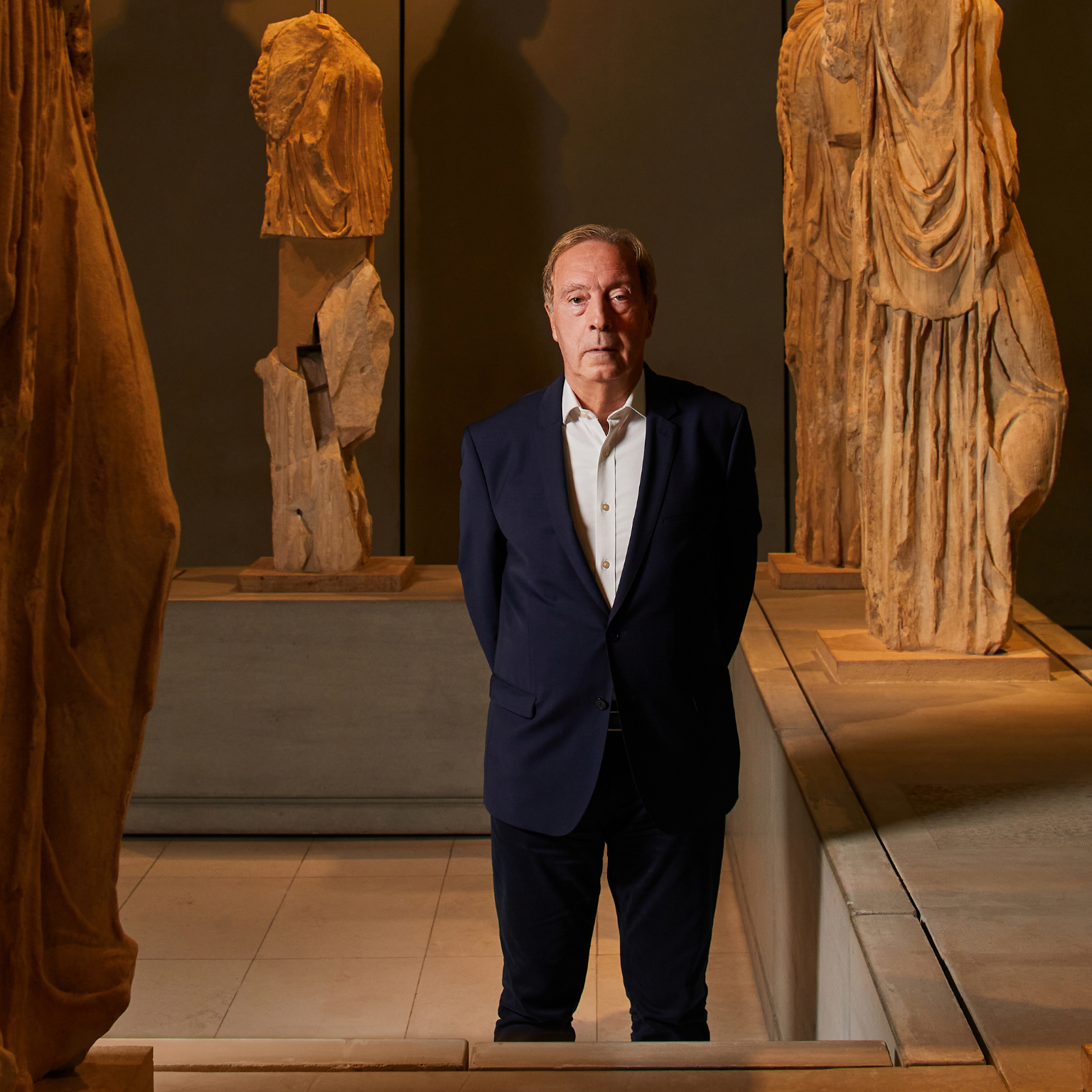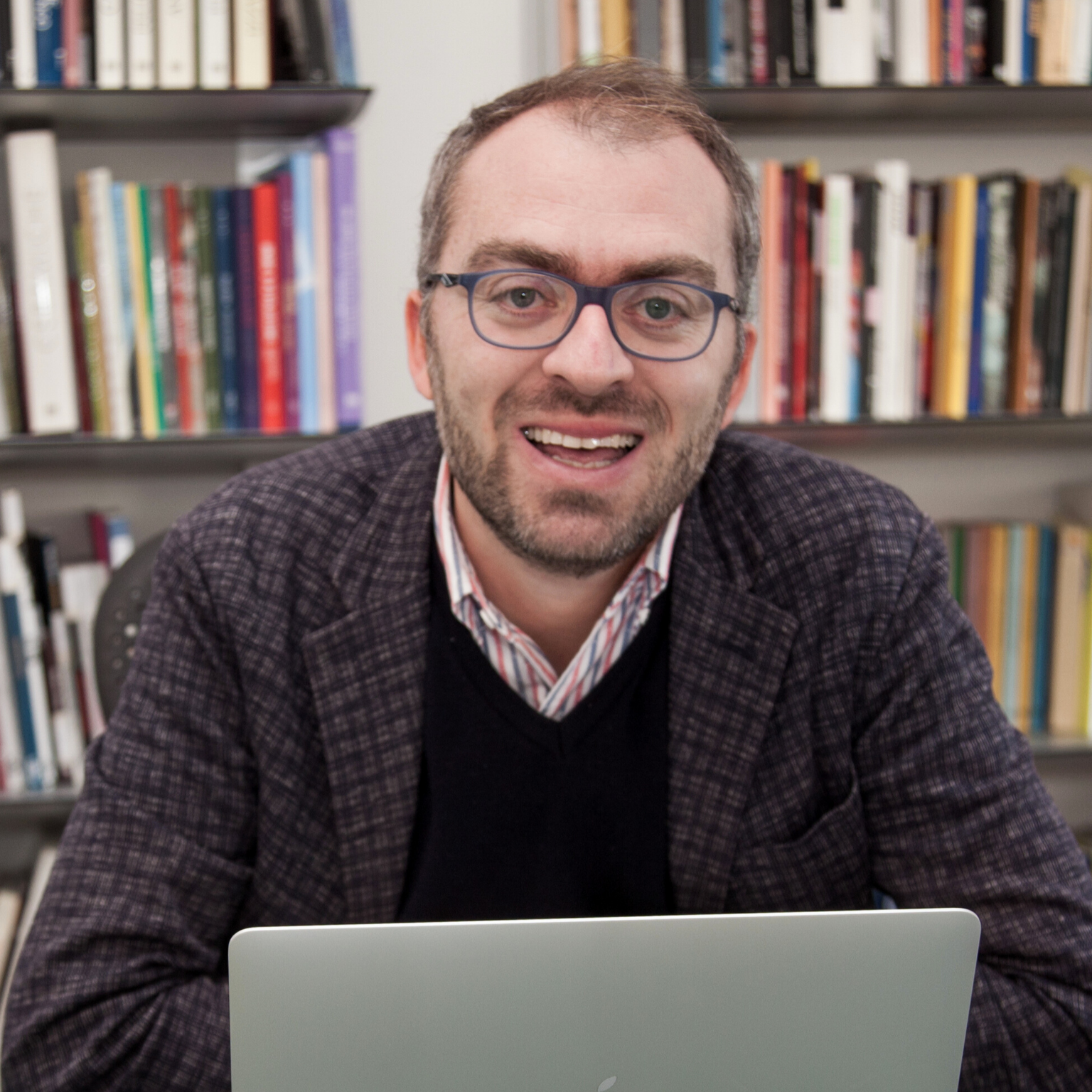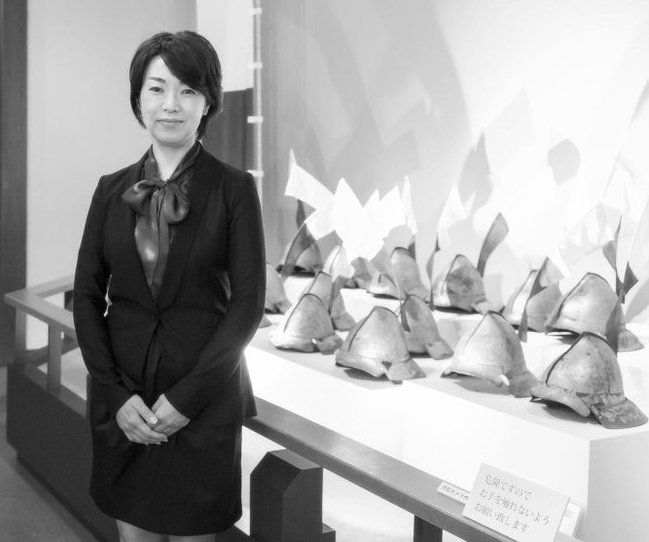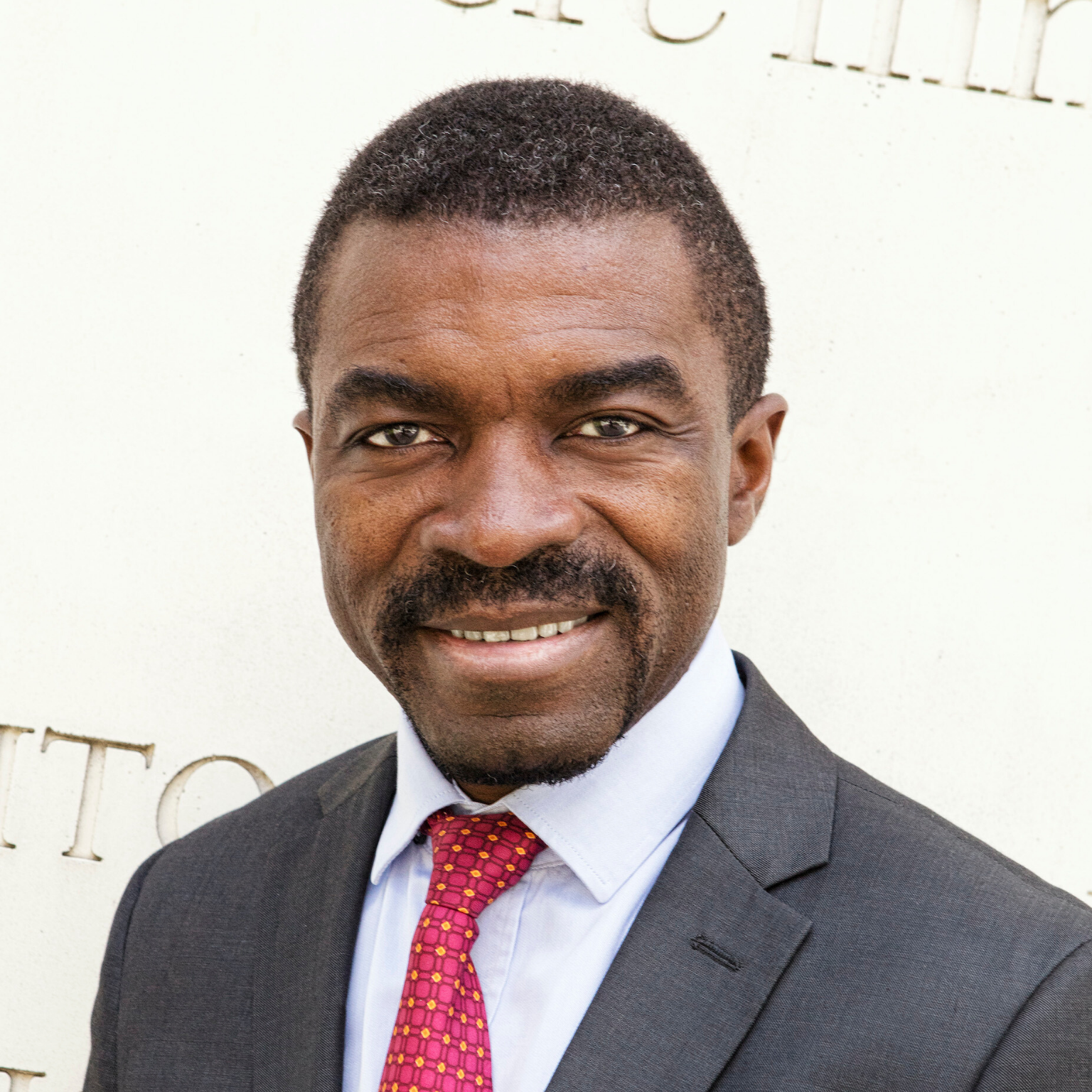Nikolaos Chr. Stampolidis, General Director of the Acropolis Museum of Athens. Photo © Courtesy of the museum
1.What is your museum about and what is your work there?
The Acropolis Museum is a thematic museum, not only of one archaeological site, like the Acropolis, the Rock and its slopes, but a museum representing the culmination of Greek civilization and the elegance and beauty of the classical period. The Museum presents artworks and exhibit-monuments that incorporate and reflect great universal ideas and meanings, such as democracy and world values. Becoming a center and meeting place for classical culture and education for future generations, both in Greece and abroad, is one of our key strategic goals.
Naturally, the ultimate objective of the Acropolis Museum is the reunification of the Parthenon sculptures. A great start has been made with the recent return of ten fragments of the sculptural decoration of the Parthenon from the National Archaeological Museum in Athens, but also of the renowned ‘Fagan fragment’ from the A. Salinas Museum in Palermo, for at least eight years.

The significance of the return from Palermo does not lie in the long-term nature of the deposit of the fragment to the monument to which it belongs, the Parthenon frieze at the Acropolis Museum, but in the prospect of remaining here permanently, as declared by the Italian authorities.
2.What is the impact on your digital activity? Do you have tips to share with your colleagues?
Our digital activity gives us the opportunity to inspire and engage visitors around the world through our web platform www.theacropolismuseum.gr and social media pages. Over the past year we’ve been successful reaching out to new digital audiences by presenting a fresh perspective of the Museum – more than 2.100 exhibits are currently available online, conservation activities are being presented, the relation of the Museum to the Parthenon and other educational aspects – all creating awareness and new interest.
We have recently upgraded the online application www.parthenonfrieze.gr, which gathers photographs and descriptions of all the frieze blocks preserved today in the Acropolis Museum and abroad. Both general public and scholars have the opportunity to gain a thorough view of this unique sculptural work of art, through mobile devices.

The #ReuniteParthenon is the hashtag we have initiated on social media, to keep an ongoing interest about the return of the Parthenon sculptures. The special platform www.acropolismuseumkids.gr has been developed for children presenting fun activities and games for kids to practice at home.
3.What advice would you give a visitor to fully discover your museum?
The Acropolis Museum is the ultimate place where visitors can admire archaic and classical beauty, but also learn through the exhibits about issues regarding politics, philosophy and aesthetics. The upward sloping floor as visitors start their walk in the Museum exhibition areas reflects the path that someone in antiquity would have followed as they ascended the Acropolis Rock, to finally reach that ultimate beauty in the Parthenon Gallery on the third floor.
Natural light coming through the large windows in the Archaic Acropolis Gallery on the first floor creates the feeling of an open space where the ancient sculptures displayed there were originally erected. One can find beauty in so many exhibits in this gallery; the Euthydikos Kore is among my favorites. The beauty of marble is that, while being a hard material, it still preserves the elegance, the sensitivity and the centuries of wear and tear to deliver to future generations. On the same floor, the famous Karyatids and the exhibits from the Temple of Athena Nike should not be missed. The Museum’s exhibition culminates on the third floor, which has been specially designed to accommodate the architectural sculptures of the Parthenon, the symbol of world civilization.
In order to discover interesting, frequently unknown aspects of the ancient world, visitors to the Acropolis Museum can join gallery talks offered by our archaeologists, while children’s workshops are very popular among families. The Museum’s ongoing events also encompass other forms of art, such as music and dance, by esteemed cultural institutions such as the Greek National Opera. It is important to note that the Museum is accessible to all; one can borrow a wheelchair or the short guide in Braille from the Information Desk, while special ramps for wheelchairs and strollers at all entrances, elevator access and WCs for people with disabilities on all floors, are all available in the Museum premises.
A great way to complete the Acropolis Museum experience is by visiting the restaurant on the second floor with amazing views of the Acropolis and other historic hills. Souvenirs and publications from the Museum shops, all inspired by our collections, can be a perfect gift idea, most particularly cast copies of important artifacts from our collections, produced in our very own conservation laboratories.
4.What are the future projects of your museum?
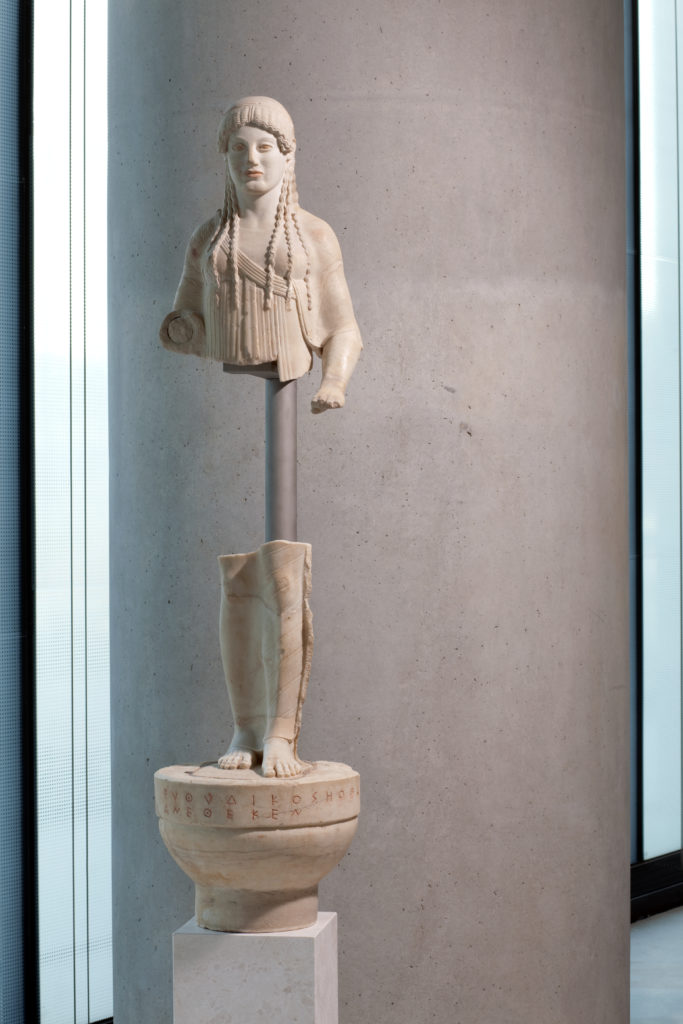
Visitors to the Acropolis Museum will always be able to experience the masterpieces of ancient Greek culture, alongside temporary exhibitions that are well under way, with a focus on archaeology, Renaissance, and other civilizations, combined also with modern art. Additionally, an ancient Athenian neighborhood is uniquely incorporated into the architecture of the Acropolis Museum and the completion of the archaeological excavation ‘museum’ is our priority.
The latter will allow visitors to discover a great number of important artifacts – sculptures, vessels, coins, etc. – which will offer important information on the life of the ancient Greeks inhabiting this area, and will basically create a museum beneath the Museum.

Interview by Fabio Pariante, journalist / Twitter – Instagram
MORE
The Acropolis Museum of Athens on social networks: Instagram – Facebook – Vimeo – YouTube
The Acropolis Museum of Athens is located about 300 meters from the Acropolis, and its structure is a large contemporary architectural work built in steel, glass and concrete on an area of 14,000 square meters. The building was designed to make the most of natural light and to highlight the 4,000 pieces on display. Among the works on display there are some fragments of buildings such as the Propylaea, the Temple of Athenea Nike and the Erechtheion.
On the first floor, however, in the Parthenon Hall there are some objects of the homonymous monument, and among the pieces most contemplated by visitors, there are the Caryatids (statues of priestesses that in the past were the columns of the Erechtheion). The Acropolis is one of the main tourist destinations in Greece and the top floor of the museum was built with the same dimensions as the Parthenon slightly oriented at 23º compared to the rest of the building; in this way the floor is oriented towards the Acropolis so visitors can observe it from above. Professor Nikolaos Chr. Stampolidis is the Acropolis Museum General Director since 2021.
